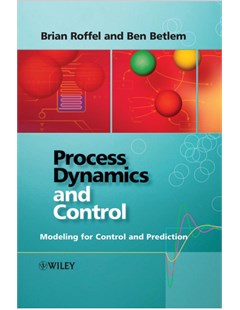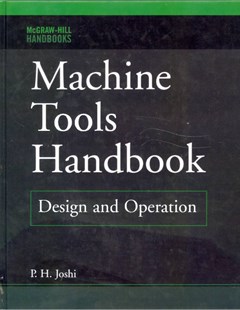Process Dynamics and Control
Offering a different approach to other textbooks in the area, this book is a comprehensive introduction to the subject divided in three broad parts. The first part deals with building physical models, the second part with developing empirical models and the final part discusses developing process control solutions. Theory is discussed where needed to ensure students have a full understanding of key techniques that are used to solve a modeling problem
2006
Offering a different approach to other textbooks in the area, this book is a comprehensive introduction to the subject divided in three broad parts. The first part deals with building physical models, the second part with developing empirical models and the final part discusses developing process control solutions. Theory is discussed where needed to ensure students have a full understanding of key techniques that are used to solve a modeling problem.
Hallmark Features:
This book is structured and aimed at upper level undergraduate students within chemical engineering and other engineering disciplines looking for a comprehensive introduction to the subject. It is also of use to practitioners of process control where the integrated approach of physical and empirical modeling is particularly valuable.
From the Back Cover:
Process Dynamics and Control: Modeling for Control and Prediction is a comprehensive and practical overview of modeling that is divided into three broad parts. The first part deals with developing physical models, the second part with developing empirical models and the final part discusses developing process control solutions.
Taking a unique approach to the subject the book includes both physical and empirical modeling as well as discussing developing control schemes for entire process plants. Theory is discussed where needed to ensure students have a full understanding of key techniques that are used to solve a modeling problem.
MATLAB is used throughout the book as the standard for developing process models of limited complexity. In this way, the reader can study the detailed process dynamics and compare it to the linearized and approximated process dynamics. Models of different process units have been developed and are available as a source for further model development.
An invaluable resource for students of chemical engineering and other related engineering courses. The book will also be of interest to practitioners of process control.
Brian Roffel. Process Dynamics and Control. John Wiley And Sons, 2006
 |  |  |
| Process Dynamics and Control | Machine Tools Handbook: Design and Operation | Cơ sở thiết kế máy và chi tiết máy (Vũ Ngọc Pi) |
Thứ Tư, 14:57 15/02/2023
Copyright © 2018 Hanoi University of Industry.